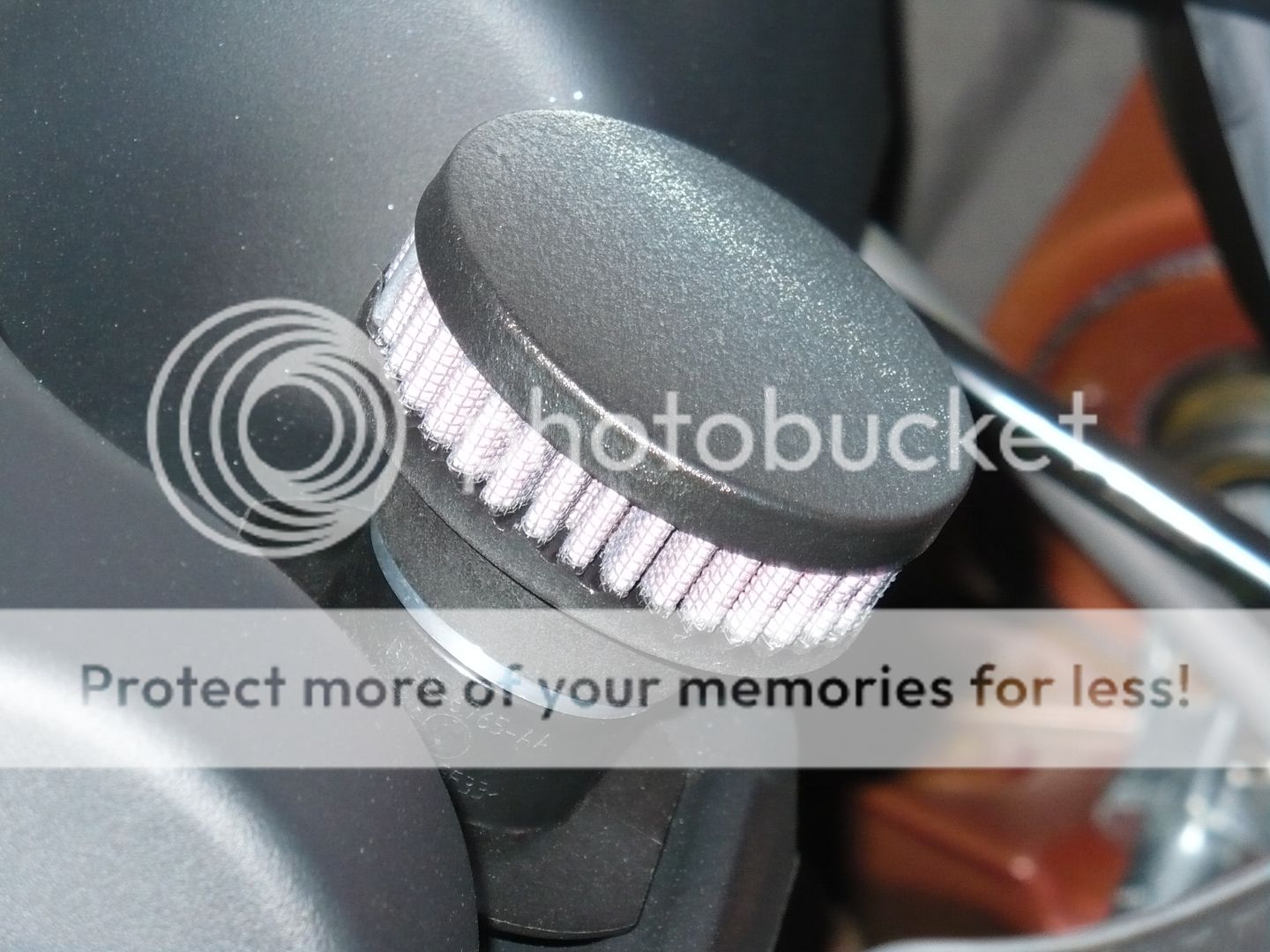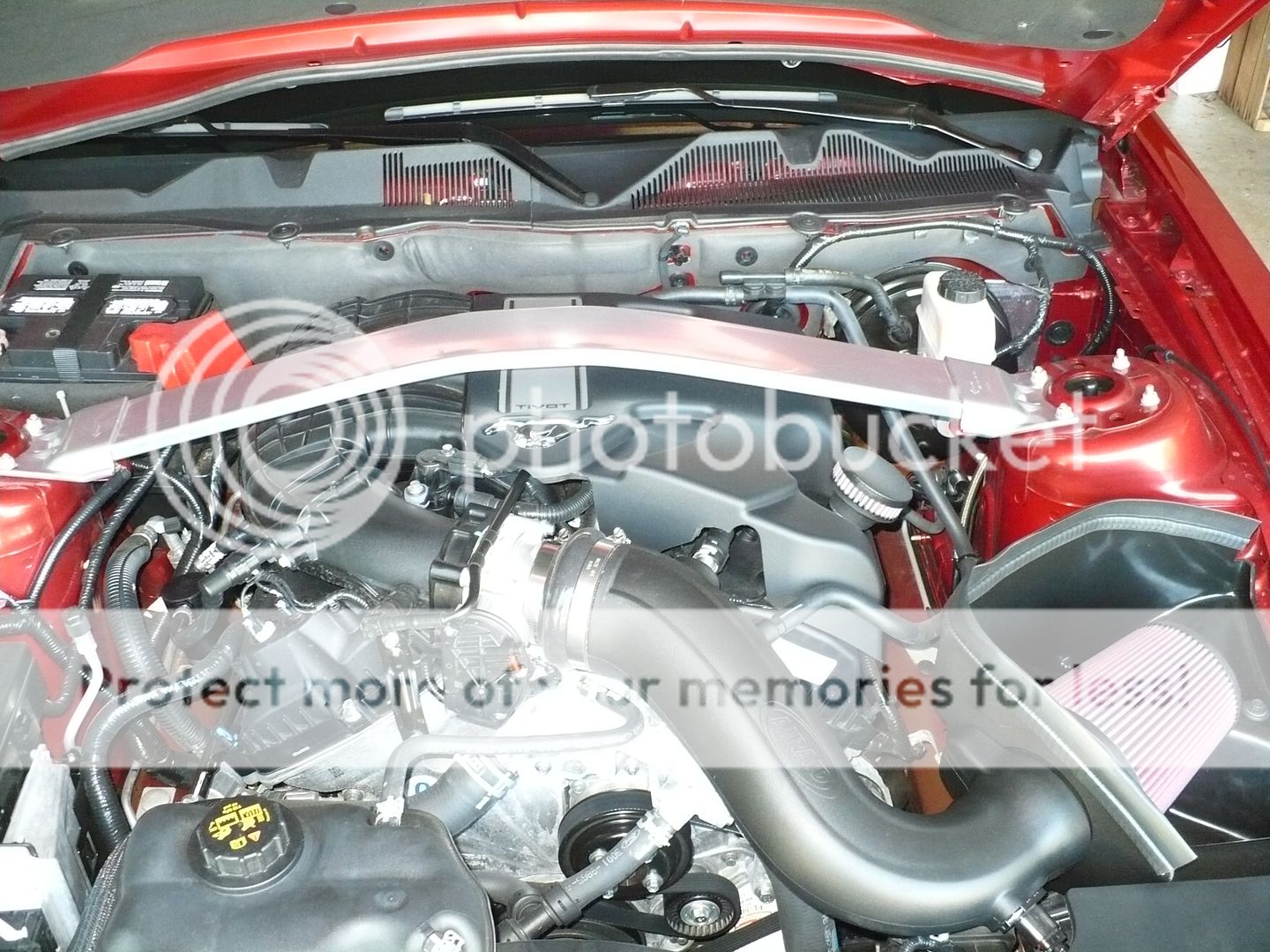They are effective in capturing oil mist that is part of the crankcase breathing system. Years ago, it started with the pcv valve. Yes, our mustangs still have one of these, it's on the passenger side cover that sits over the head. A tube runs from this over to the air intake tube. On the drivers side, there is also a tube that runs close to the air filter box to the drivers side head cover. This is the air "inlet". This side does not require a catch can, as it is on the "air going INTO the crankcase" side.
The oil mist FROM the crankcase is drawn through the tube on the passenger side and runs into the air inlet tube to be reburned. It over time collects on the throttle body plate, and can cause poor idle conditions, and possibly fuel economy. Catching this oil mist using a catch can reduces the oil mist from collecting on the throttle plate.
There are two ways to help prvent this oil mist from the throttle plate, one is by using a catch can on the passenger side, the other is to remove the tube on the passenger side, plug the nipple on the air inlet side it connects to, and install a simple breather filter like they used on valve covers from years ago. This method can cause the filter to get saturated with oil though, and requires periodic cleaning. The catch can is easier to dispose of the collected oil.
Think it's not needed? Ask someone who has one (me included) as to how much oil mist is collected monthly (about 3 to 5 ounces). Want that to collect on your throttle body plate?
The other question asked is "why didn't the manufacturers equip catch cans"? The reason I believe is that the pcv valve was approved by the EPA or federal government for effectively capturing the crankcase fumes and recerculating them back to the engine for reburning. This is why it is still in place today.
![]()
![]()









